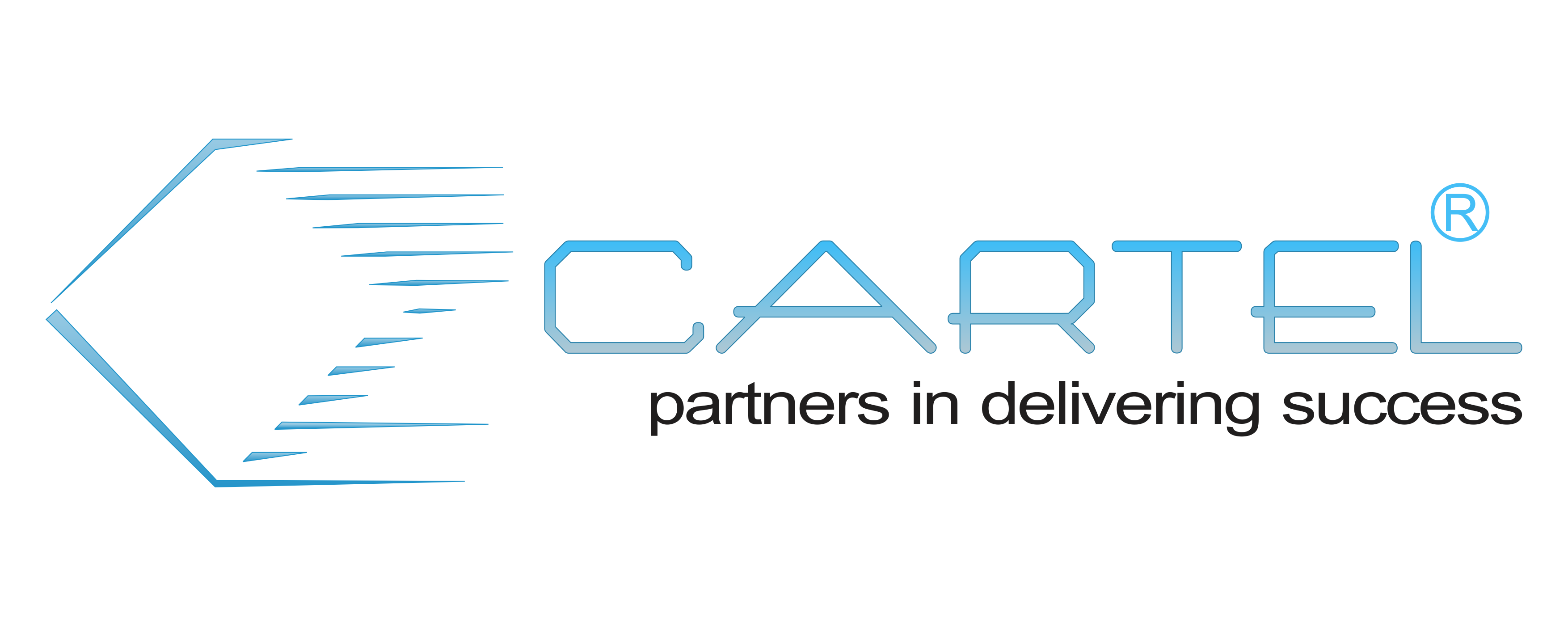CCIE Data Center v2.0
Course details
1 Cisco Data Center L2/L3 Technologies
1.1 Design Implement and Troubleshoot Complex Layer 2 Technologies
1.1.a Design, Implement and Troubleshoot Highly Available and redundant topologies for example vPC, fabricpath, STP
1.1.b Design, Implement and Troubleshoot Data Center Layer 2 overlays for example VXLAN, OTV, EVPN
1.1.c Design, Implement and Troubleshoot Network management protocols for example PTP, NTP, DNS, DHCP
1.1.d Design, Implement and Troubleshoot Traffic management for example queuing, policing, shaping
1.1.e Design, Implement and Troubleshoot layer 2 security features for example port security, MACsec, ACL, private vlans
1.2 Design, Implement and Troubleshoot Complex Layer 3 Technologies
1.2.a Design, Implement and Troubleshoot Routing Protocols and features for example OSPF, ISIS, MBGP, IBGP, PBR, BFD
1.2.b Design, Implement and Troubleshoot Layer 3 Overlay Protocols for example OTV, LISP
1.2.c Design, Implement and Troubleshoot Multicast protocols for example PIM, IGMP, RP, BSR
1.2.d Design, Implement and Troubleshoot layer 3 security features for example CoPP, ACL’s, DAI, ip source guard
1.2.e Design, Implement and Troubleshoot Monitoring services for example Netflow,
1.3 Design, Implement and Troubleshoot External Fabric Connectivity
1.3.a Design, Implement and Troubleshoot policy driven External Fabric Connectivity for example L2/L3 connectivity
2.0 Cisco Data Center Network Services
2.1 Design, Implement and Troubleshoot Service Insertion and Redirection
2.1.a Design, Implement and Troubleshoot Service Insertion and Redirection for example LB, vPATH, ITD, RISE
2.2 Design, Implement and Troubleshoot network services
2.2.a Design, Implement and Troubleshoot network services for example policy drivenL4-L7 services
3.0 Data Center Storage Networking and Compute
3.1 Configure and Troubleshoot Data Center Storage Protocols
3.1.a Describe, Configure and Troubleshoot infrastructure to support Block Storage Protocols for example FC, FCoE, iSCSI, DCB
3.1.b Configure and Troubleshoot infrastructure to support File Storage Protocols for example NFS, CIFS
3.2 Design, Implement and Troubleshoot Data Center Storage Networking Features
3.2.a Design, Implement and Troubleshoot Data Center Storage Networking Features for example zoning, multihop technologies
3.3 Implement and Troubleshoot Compute resources
3.3.a Implement and Troubleshoot Compute policies and pools for example SAN/LAN policies, boot policies, profiles
3.3.b Analyze and Troubleshoot Compute resources using tools such as UCS Central, UCSM
3.4 Design, Implement and Troubleshoot Data Center Compute Connectivity
3.4.a Design, Implement and Troubleshoot Data Center Compute Connectivity for example SAN/LAN uplinks, rack server integration, fabric ports, appliance ports
3.5 Design, Implement and Troubleshoot Virtual and Physical End Point Connectivity
3.5.a Design, Implement and Troubleshoot Virtual and Physical End Point Connectivity
4.0 Data Center Automation and Orchestration
4.1 Implement and Troubleshoot Data Center Automation
4.1.a Implement and Troubleshoot Data Center Automation using methods such as REST API implemented by scripting languages including Python
4.2 Implement and Troubleshoot Data Center Orchestration Tools
4.2.a Implement and Troubleshoot Data Center Orchestration using Tools such as UCSD, UCS Central, CPO
4.3 Integrate Cisco Cloud offerings into existing Data Center infrastructure
4.3.a Describe and Integrate Cisco Cloud technologies into existing Data Center infrastructure using solutions such as Cisco ONE Enterprise cloud Suite
5.0 Data Center Fabric Infrastructure
5.1 Design, Implement and Troubleshoot policy and non-policy driven Internal Fabric Connectivity
5.1.a Design, Implement and Troubleshoot policy and non-policy driven Internal Fabric connectivity for example ECMP, ISIS, inband mgmt, VXLAN
5.2 Design, Implement and Troubleshoot Infrastructure policies and elements
5.2.a Design, Implement and Troubleshoot policy driven Infrastructure for example interface policies, MGMT policies
5.2.b Configure and Troubleshoot physical infrastructure components for example controllers, switches
5.2.c Analyze and Troubleshoot logical infrastructure elements using health indicators
6.0 Evolving Technologies
6.1 Cloud
6.1.a Compare and contrast Cloud deployment models
6.1.a (i) Infrastructure, platform, and software services (XaaS)
6.1.a (ii) Performance and reliability
6.1.a (iii) Security and privacy
6.1.a (iv) Scalability and interoperability
6.1.b Describe Cloud implementations and operations
6.1.b (i) Automation and orchestration
6.1.b (ii) Workload mobility
6.1.b (iii) Troubleshooting and management
6.1.b (iv) OpenStack components
6.2 Network Programmability (SDN)
6.2.a Describe functional elements of network programmability (SDN) and how they interact
6.2.a (i) Controllers
6.2.a (ii) APIs
6.2.a (iii) Scripting
6.2.a (iv) Agents
6.2.a (v) Northbound vs. Southbound protocols
6.2.b Describe aspects of virtualization and automation in network environments
6.2.b (i) DevOps methodologies, tools and workflows
6.2.b (ii) Network/application function virtualization (NFV, AFV)
6.2.b (iii) Service function chaining
6.2.b (iv) Performance, availability, and scaling considerations
6.3 Internet of Things (IoT)
6.3.a Describe architectural framework and deployment considerations for Internet of Things
6.3.a (i) Performance, reliability and scalability
6.3.a (ii) Mobility
6.3.a (iii) Security and privacy
6.3.a (iv) Standards and compliance
6.3.a (v) Migration
6.3.a (vi) Environmental impacts on the network
